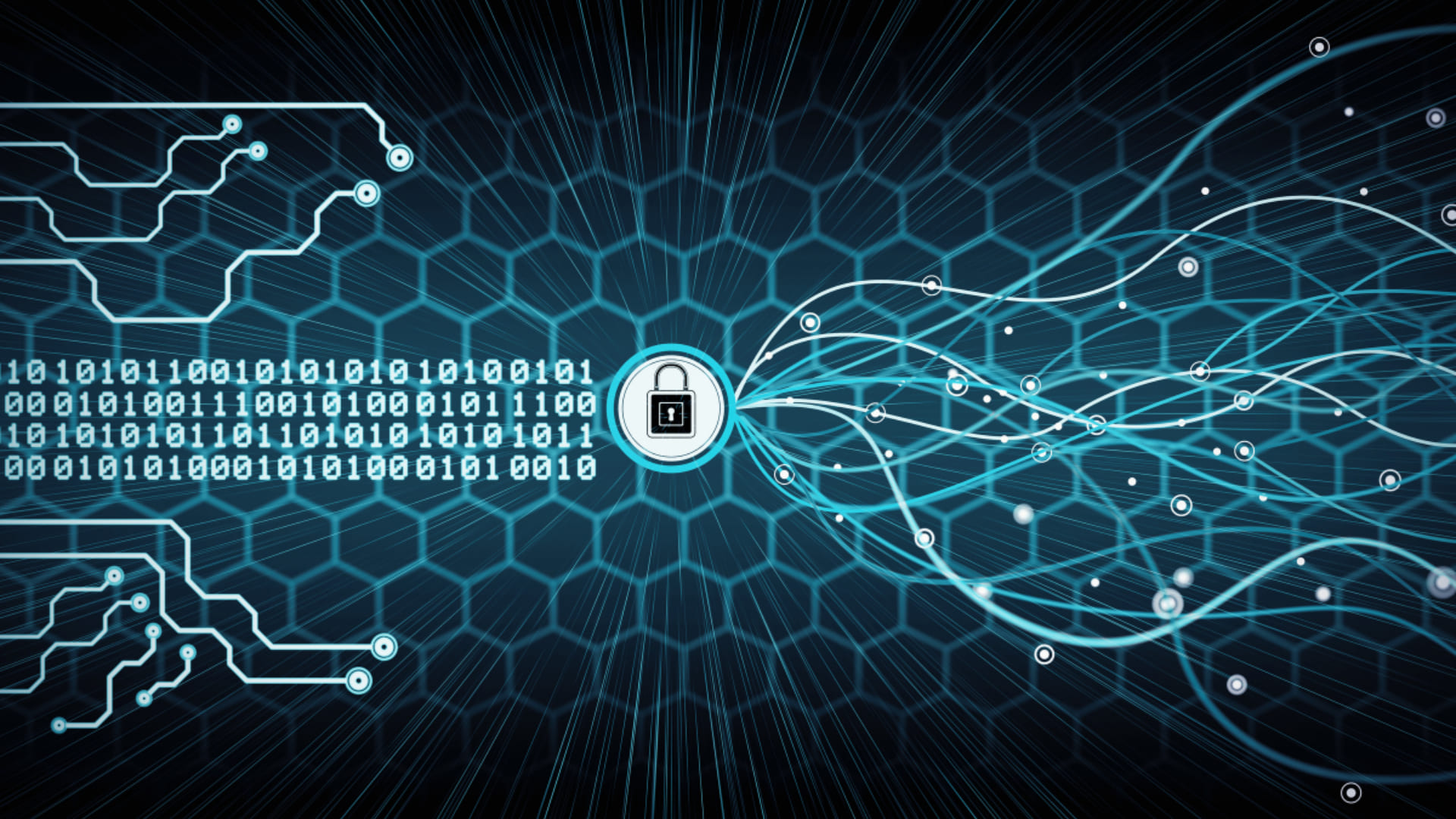
Cybersecurity for Photovoltaic Systems
The growing digitalization of the energy sector, driven by the expansion of photovoltaic systems, brings with it new challenges in terms of cybersecurity. With an increasing number of interconnected devices – inverters, sensors, control systems, and monitoring systems – the photovoltaic systems of businesses are becoming more vulnerable to cyberattacks, with potential repercussions on energy security.
According to the Italian Association for Cybersecurity (CLUSIT), in the first quarter of 2024, cyberattacks on the energy sector have already surpassed half of the total recorded in 2023. These data highlight the urgency of adopting effective strategies to mitigate risks.
Photovoltaic systems, particularly large-scale ones, are increasingly integrated with advanced technologies that expose them to a wide range of cybersecurity threats.
Strategies to Improve Cybersecurity in Photovoltaic Systems
To protect photovoltaic systems from cyber threats, companies must rely on competent technicians and adopt specific measures. First and foremost, it is essential to ensure the security of communication networks by using secure protocols such as VPNs and encryption, and protecting the networks with firewalls and intrusion detection systems. Additionally, operational networks must be isolated from the Internet to reduce the risk of unauthorized access. Another important step is the encryption of sensitive data, both during transmission and storage, to preserve its integrity. The adoption of multi-factor authentication solutions and strict access control based on the principle of least privilege help limit system access to authorized users only. Companies must also ensure that software and firmware are regularly updated, promptly applying security patches to fix any vulnerabilities. Continuous monitoring of systems is essential to detect and respond quickly to suspicious or abnormal behaviors, while ongoing staff training on best practices and security protocols is key to preventing human errors and ensuring the secure management of systems.
The Case of Lithuania: A Prevention Example
Lithuania has introduced stringent measures to protect its energy sector from cyber threats, banning remote access to suppliers deemed at risk. Starting in 2025, new systems with capacities greater than 100 kW will be required to meet strict security standards, with compliance obligations for existing systems by 2026. This approach serves as a model for the European Union, which could adopt similar standards to protect infrastructures.
The SolarEdge Case
With the growing digitalization of the energy sector, cybersecurity is emerging as an essential component in the design and management of photovoltaic systems. Leading companies like SolarEdge are setting a new standard that, in addition to protecting infrastructures, helps strengthen the trust of investors and end users.
Saverio Commendatore, Senior Software Engineer at Ciesse Hub, emphasizes:
“The increasing interconnection of photovoltaic systems represents an extraordinary opportunity for the energy sector, but it also exposes companies to cybersecurity risks. Protecting the infrastructure is a strategic necessity for operational continuity and energy security. Only through proactive security measures, constant updates, and ongoing staff training can we build a sustainable and resilient future”.
However, technological evolution must be accompanied by proactive cybersecurity strategies, continuous staff training, and strong alignment with current regulations. Only through this integrated approach can the energy sector be transformed into a cornerstone of a safer and more sustainable future.